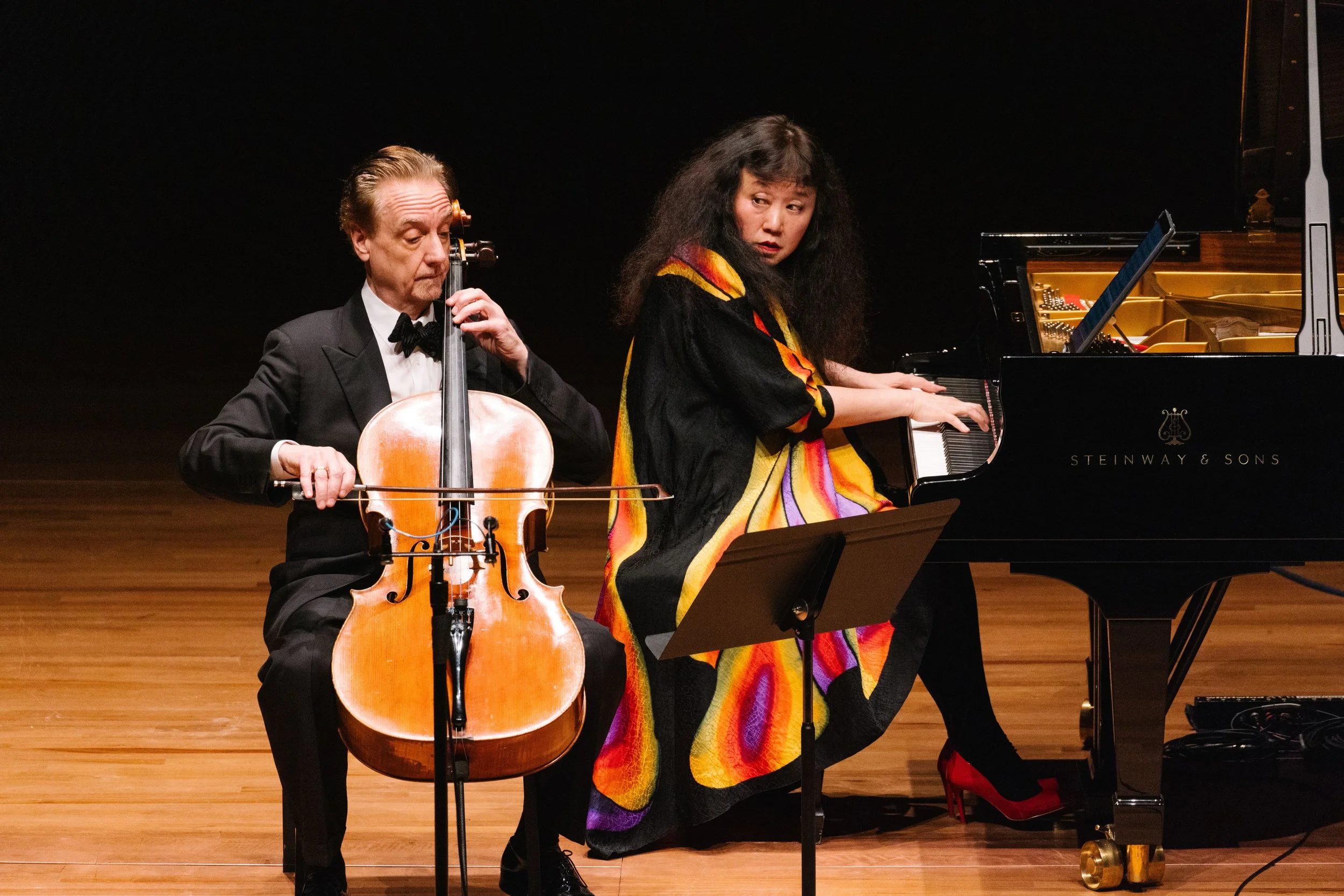REVIEW: Inon Barnatan Dances Symphonically at 92NY
Above, Inon Barnatan. Photo by Marco Borggreve.
February 2, 2024
If music is either Song or Dance, Inon Barnatan’s solo recital at the 92NY Kaufman Hall — a full-throated essay the pianist called Symphonic Dances — teetered on the border between them.
Barnatan opened with an invigorating French Baroque keyboard suite — a bracing series of varied courtly dances — by Jean-Philippe Rameau: Suite No. 2 in G Major, RCT 6, from Nouvelles suites de piéces de clavecin, penned in 1726-7. Unlike Bach’s more abstract suites from the period, Rameau features movements with poetic titles: “The Hen,” “The Savages,” “The Egyptian.”
Barnatan allowed a brittle, harpsichordist sensibility to infuse his muscular pianism, bringing to Rameau snappy ornaments, trills like rolled R’s, and a panoramic sense of phrasing: within contrapuntal yet confined textures, he created long-lined dynamic builds.
Nearly two centuries later, the dances (and the instrument itself) had changed; the courante and minuet faded from memory. Schubert, Chopin and Brahms instead wrote waltzes, and other sets of character pieces in the form of dances. Maurice Ravel’s 1911 piano work Valses nobles et sentimentales harkened back to that tradition, but transposed it abruptly to the height of the Belle Époque.
Barnatan enthusiastically took the audience on a journey through Ravel’s suite of eight waltzes — by turns piquant, ecstatic, and dreamily nostalgic. He drew your attention to a rich, singing bass line — essential in Ravel’s harmonic and emotional narrative — and swept you across a dance floor, from one end of the room to another, eyeing a former lover here, a beloved ancestor there.
He voiced the melody firmly, and shaped phrases with the spaciousness of an orchestra. Some of the inner, background textures were beautifully shaded and crisply pointillistic. Ravel’s leanness turned supple and lush in the seventh movement, Moins vif, as Barnatan weaved sensuality from rippling decorations. Two aspects of his artistry especially winning: a bouncing rhythmic thrust, and an innate sense of where the music is going.
Inon Barnatan. Photo by Marco Borggreve.
Then there’s music for the ballet. Three Movements from The Firebird, arranged for piano by Guido Agosti, is a vehicle for the pianist to show off. Barnatan let his hair down, and relished the dazzling virtuosic effects, imitating Igor Stravinsky’s ravishing, maximalist score with stunning facility.
Sergei Rachmaninoff himself is heard, ever so faintly, demonstrating the Symphonic Dances, Op. 45 — the centerpiece of the evening — at the piano in a vintage recording. Barnatan aimed to also convey these three rich, orchestral movements — essentially a symphony — with his own two hands at the piano, creating (and recording) an impressively elegant solo transcription. The composer provided the blueprint — his own two piano arrangement. Amazingly, Barnatan neatly folds all of the goings-on into a pianistic solo. But, where question-and-answer permeates Rachmaninoff’s duo version, Barnatan is confined to eighty-eight keys, and his own tonal palette, to buoy the lengthy form forward.
The lack of orchestral variety is forgiven in the bouncy first movement, Non-allegro. Barnatan leaned into the iconic alto saxophone melody with his heart on his sleeve. The second movement (a Tempo di valse darker and more indulgent than Ravel’s) and the moody finale threatened to run out of steam, in danger of peaking too soon merely due to the built-in structural flaw of excess repetition.
As far as Song and Dance, it emerges after being filtered through music history, that a balance of both is required. Following Rachmaninoff’s sumptuous “Symphonic” transformation — dance music not meant for dancing — we arrive at Barnatan’s choice of encore: Rachmaninoff’s Prelude in G-sharp Minor, more song than dance.






